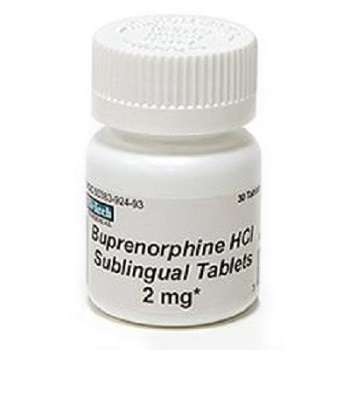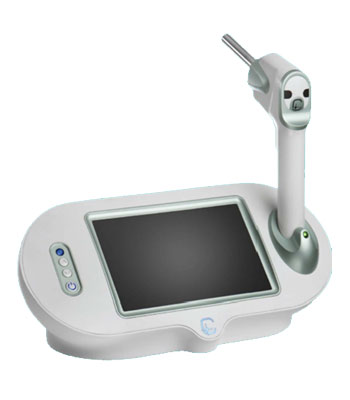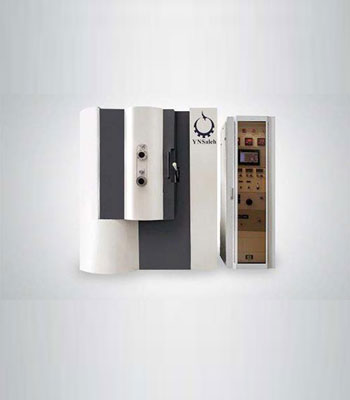Brackish water treatment system
0,00 €Introduction
Desalination is considered as a common solution for the regions with shortage of fresh water resources. There are various methods for brackish and sea water desalination.
PNF Company has developed modified electro dialysis technology as an appropriate and efficient for desalination.
The developed process is an electrochemical technique in which the ionic contaminants are removed from the aqueous solution. In this method, separation of salt from water is conducted in the presence of anionic and cationic membranes under the influence of an electric field.
Buprenorphine 2 mg
0,00 €| Model : | Solids |
| Company name : | Temad Co |
| Packaging : | – |
| Minimum order : | 1 |
| Standard : | ISO 45001:2018, GMP PRM-98-11 |
| Production power : |
Cancer Detection Probe
0,00 €Introduction
A novel label free device has been designed and developed to diagnose the presence of cancer in suspicious regions, based on determination of the hypoxia glycolysis in quantitative manner. Electrochemical signals produced due to cancer cell metabolism is the basis of our diagnostic procedure. Importantly, integrated biosensor on the needles, named Cancer Diagnostic Probe (CDP), is fabricated and tested in real-time manner on the suspicious cancerous regions before and during surgery in mice species as well as human patients with breast cancer tumors (in vivo). The domain of suspicious margins with a resolution of 3mm was detected. It can be applied as an alternative method for frozen section pathology during the surgery with faster and more precise efficiency.
Cancer Treatment Drug (Paclinab)
0,00 €Introduction
This product is Paclitaxel albumin bound (Abraxane). Paclitaxel is a natural anti-cancer material which inhibits the process of cell division and growth of cancer cells. This drug uses albumin as carrier of water insoluble molecules in the body which selectively accumulates in tumor tissues. Unlike other solvent based chemotherapy drugs, this drug has no side effects because the effective anti-cancer material, paclitaxel, is placed inside albumin.
Cathodic Arc & Sputtering System
0,00 €Introduction
Cathodic Arc Deposition System
0,00 €Introduction
Ciprofloxacin
0,00 €| Model : | Solids |
| Company name : | Temad Co |
| Packaging : | |
| Minimum order : | 1 |
| Standard : | ISO 45001:2018, GMP PRM-98-11 |
| Production power : |
Cold Plasma for Food Processing
0,00 €Introduction
Colloidal Silver Nanoparticles
0,00 €Introduction
Colloidal silver is a mineral solution containing silver ions and small charged particles which are suspended in a liquid medium. When the particles have the same electrostatic charges, they repel each other; this creates a uniform suspension of particles throughout the medium. Although silver ions are important, a 100% solution of silver ions is not colloidal silver. Various names have been used to describe colloidal silver, such as silver sols. Sometimes colloidal silver is also called Nano Silver, which contains particles in the range of 1 to 100 nm.
Colored Wastewater Treatment Apparatus using Nanostructured Electrodes
0,00 €Introduction
This device is a colored wastewater treatment apparatus using nanostructured graphite electrodes which operates based on electrolysis process. These electrodes are produced by cold plasma method. Carbon compounds, especially graphite, have great properties which make them interesting for utilization as a cathode electrode. Using different types of modification methods in different systems make colored compounds, p-nitrophenol contaminants, azo dyes elimination and hydrogen peroxide production possible. Among electrode modification methods, plasma- based methods are generally cheap, clean and easy, which require less time. In order to purify the wastewater, firstly the carbon electrodes are modified by the plasma process to increase specific surface area and H2O2 production on the surface of the electrodes and then, modified electrodes are used as a cathode for electrolysis of wastewater.
Concrete Pavement Block
0,00 €Introduction
Concrete is unique in construction and it is only an exclusive product for trading; so it involves a significant share of research and development, and income in the industry to itself. Concrete, a multi-phase, complex and nanostructured material, is a composite structure mainly composed of cement and water. Nanoscience and nanoengineering of concrete are phrases which describe two essential approaches regarding the application of nanotechnology in concrete. Up to now, concrete has been primarily known as a structural material. Nanotechnology is capable of making a multi-functional material from concrete. Concrete can be nanoengineered by incorporating nanoscale building blocks, nanoparticles, nanotubes, etc.
Construction Application Area Polymeric
0,00 €Today, the use of polymers has significantly increased in the construction industry. Due to their light weight and superior performance and quality, such materials have replaced some old materials and substances.
Having a profound technical insight into the current needs in construction industries, Plus Polymer Company has made dramatic achievements in decreasing raw material consumption, lowering the weight of final products, enhancing impact resistance as well as flexural strength, eliminating distortion and shrinkage, and also reducing final costs. The polymeric additives introduced by Plus Polymer could be used in a variety of substances and materials in the construction industry. Some of the intended uses are as follows.















